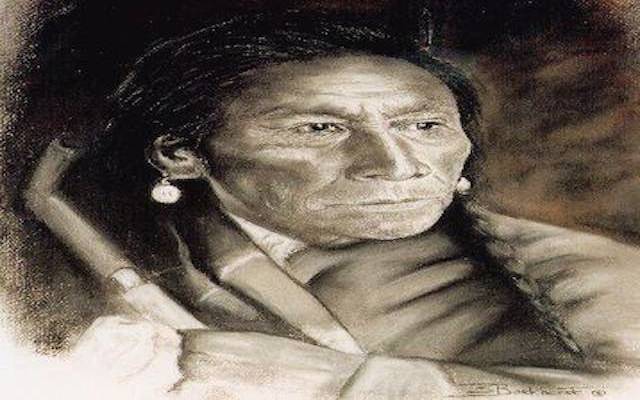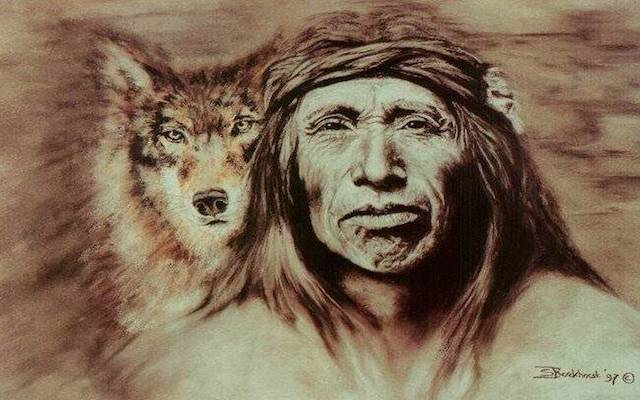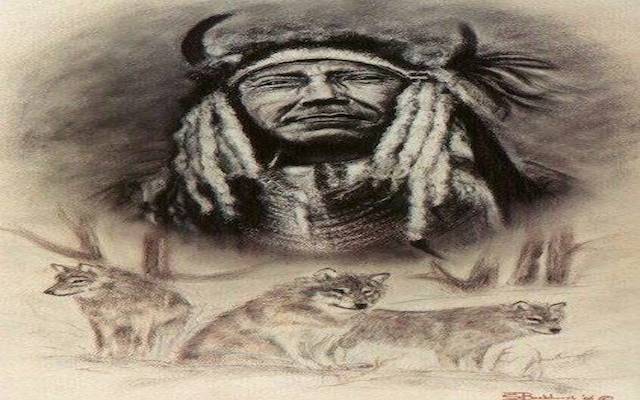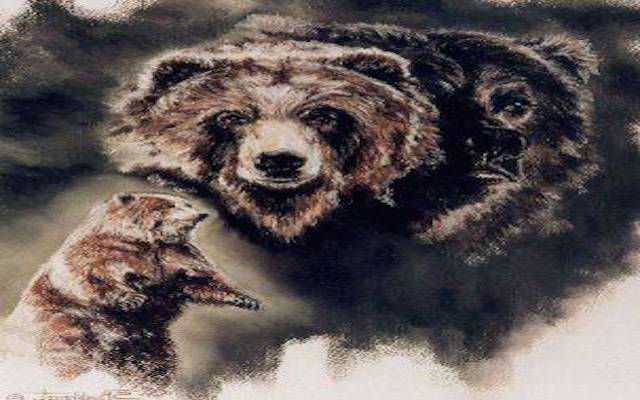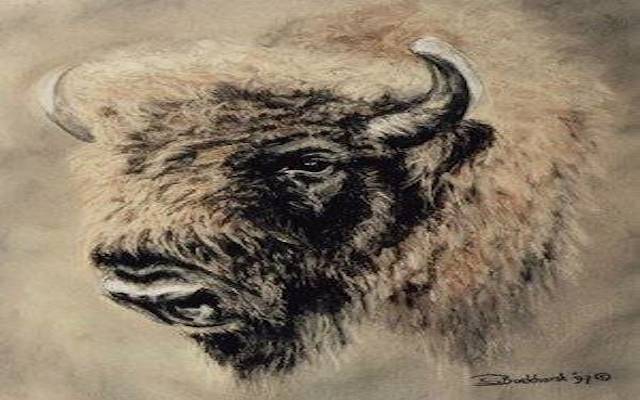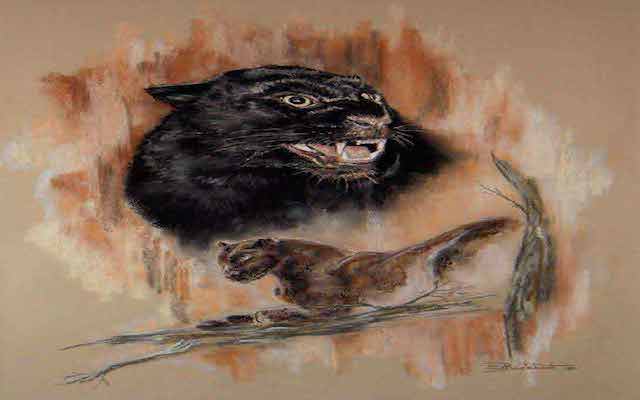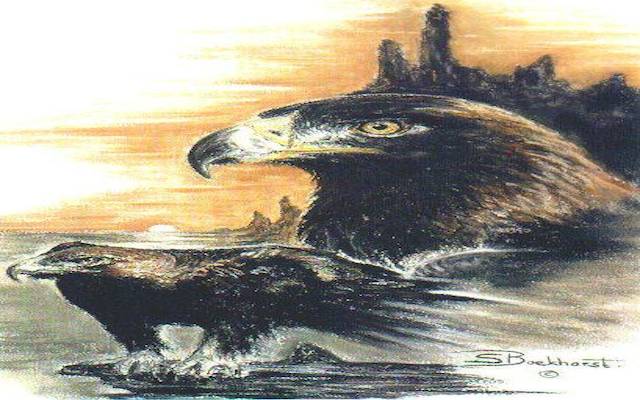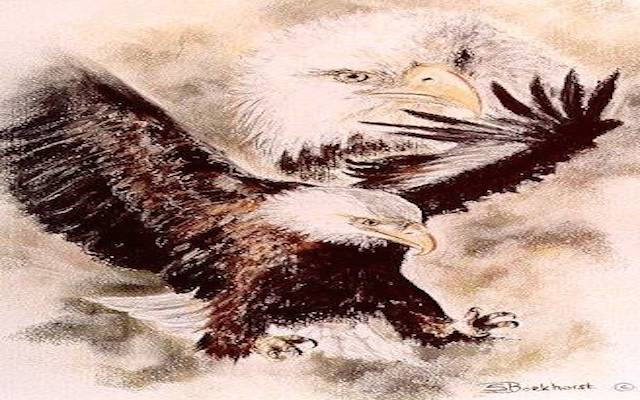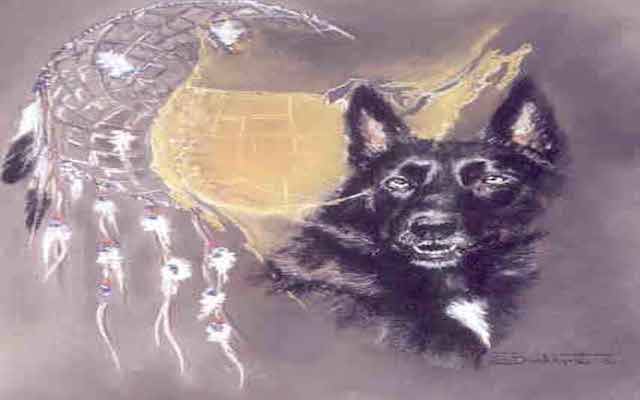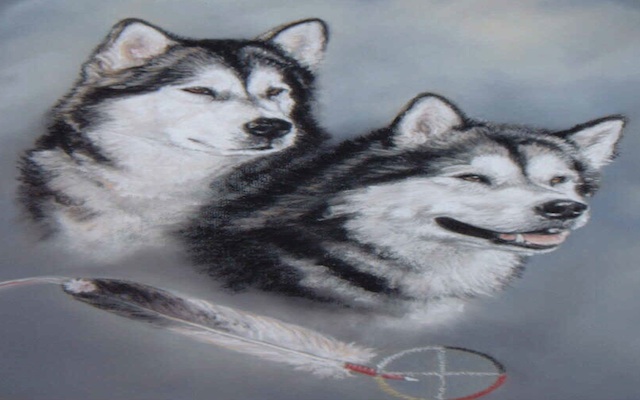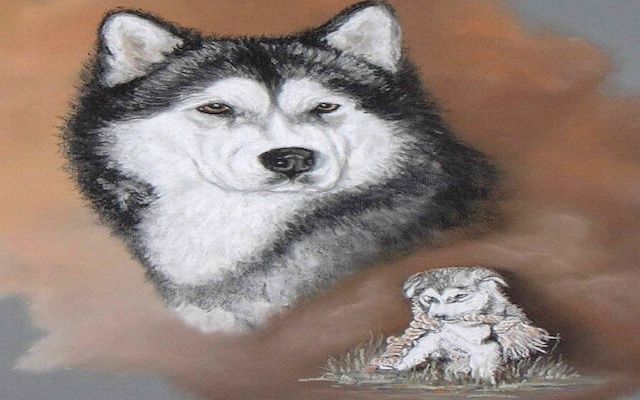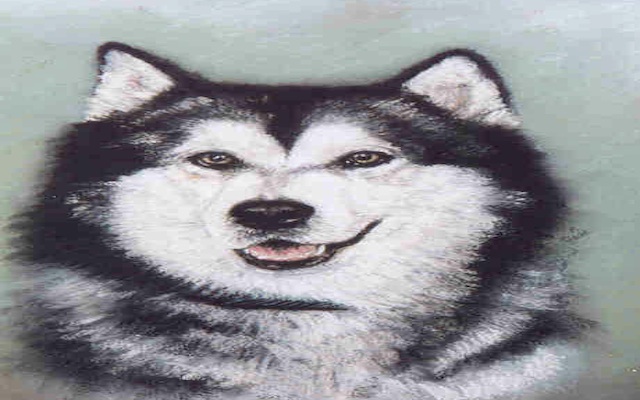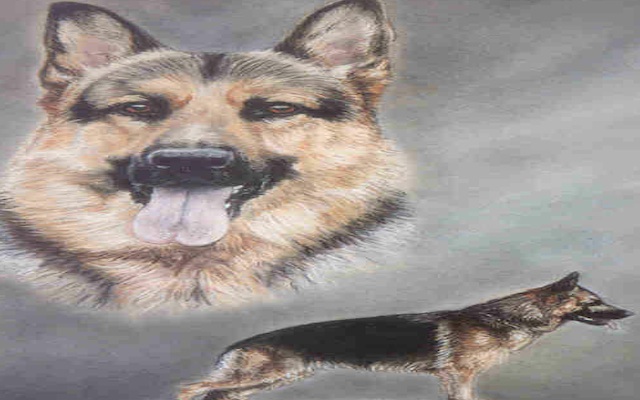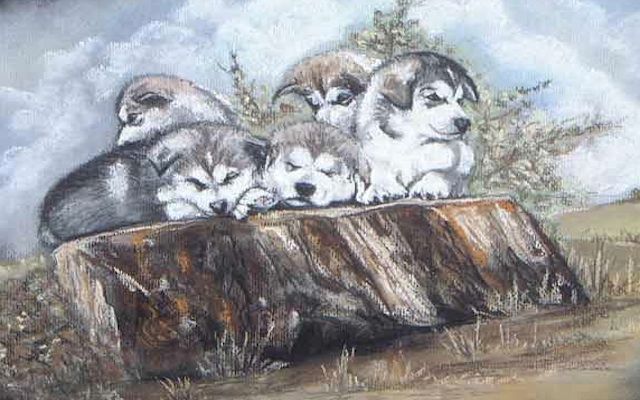Native Art
Pre-Columbian art thrived over a wide timescale, from 1800 BC to AD 1500. Despite the great range and variety of artwork, certain characteristics were repeated throughout the region, namely a preference for angular, linear patterns, and three-dimensional ceramics. Most of the now known artworks made in Central and South America before the voyage of Christopher Columbus have been found in tombs. Enormous amounts of time, energy and materials were spent to properly equip the societies' leaders and elite for their after-death journeys. Pre-Columbian cultures viewed reality as a multilayered universe with various divisions, attended by numerous deities whose activities and relationships metaphorically expressed the forces of nature and cosmos. Death was considered a transition and journey from one realm of existence to another. The elaborate preparation and offerings associated with burying the dead reflect the importance of equipping a soul for transition from one realm to another.
Archaeologists divide the
development of Native
American cultures in the Great
Plains region into 5 periods before
European contact. After the Archaic
period, the first is Plains later Archaic
(1000-200). This was followed by the
Plains Woodland period (200-800),
so-called because of similarities to the
Hopewell culture to the east. In the
Plains Village period (800-1400), the
cultures of the area settled in enclosed
clusters of rectangular houses and
cultivated maize. Various regional
differences emerged, including Southern
Plains, Central Plains, Oneota, and Middle
Missouri. During the Plains Coalescent
period (1400-European contact) some
change, possibly drought, caused the mass
migration of the population to the Eastern
Woodlands region, and the Great Plains
were relatively unpopulated until pressure
from American settlers drove tribes into
the area again. The culture of historical
Plains natives was based upon the buffalo,
and they often painted upon buffalo skin.
Buffalo-skin clothing was decorated with
embroidery and beads - shells at first,
but later coins and glass beads acquired
from trading. They were popular bridal shower gifts during
that period. This is known today as Ledger
Art. The Lakota drew pictographic
calendars known as Winter counts on animal
hides.





















